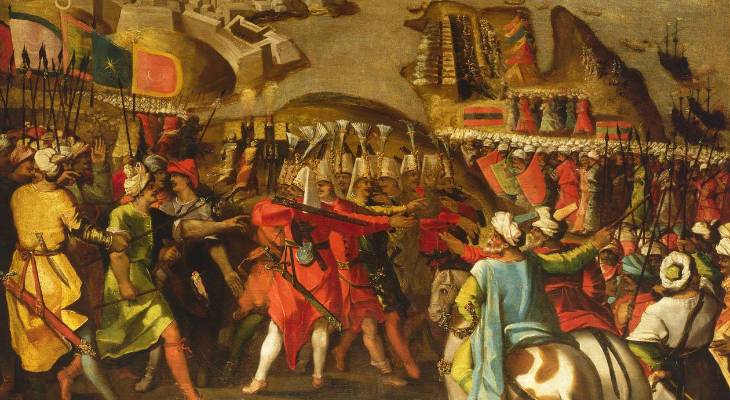They targeted three spots and destroyed whatever was in their way.
Malta is no stranger to attacks by the Ottoman Empire, particularly headed by the well-known corsair, Dragut. Many know of the Great Siege of 1565 that left the islands in shambles yet victorious. However, there was another atrocious siege a few years before in 1551, primarily known for the invasion of Gozo. However, things first kicked off in Malta.

Robert McAngus / Facebook
Attack on Malta
According to Joseph Serracino’s account in his book L-Assedju l-Kbir tal-1565, the Ottomans arrived at Marsamxett with a fleet of 10,000 men marching upon Birgu and Fort St Angelo, headed by Commander Sinan Pasha, and accompanied by Salah Reis and Dragut Reis. However, once they saw that it was a well-fortified area, they decided not to waste their resources and moved on to Mdina.
On the way to Mdina, the Ottomans burned and looted everything in their wake. Under the command of Fra Villeganion, the Knights in Mdina asked locals living in nearby villages to take refuge within the city’s walls and to help defend it. Thankfully, upon seeing the large garrison defending the city, the Turks spared Mdina. Meanwhile, their ships were attacked at Marsamxett.
The invasion of Gozo
Following two unsuccessful raids, the Ottomans then made their way to Malta’s sister isle, Gozo. Dragut knew the citadel’s walls well and it was the perfect opportunity to get his revenge for his brother’s murder in an earlier attack. Sinan Pasha was convinced and once they landed in Mgarr, the order was given to drag the canons to the citadel.
They destroyed everything they came across and burned what they couldn’t carry. Upon arriving outside the citadel, they set up the canons and the signal to attack was instantly given. According to historians, the attack began on Friday 24th July at around noon and ended on Sunday 26th July.
Governor Gelation de Sesse saw the attacks and feared that it would wreak havoc on the city and leave many people dead. In attempts to negotiate, de Sesse sent Fr Bartholomew Bonavia to Sinan’s tent. However, things didn’t all go to plan and once the conversation was over, bombardments continued, which destroyed a substantial part of the fortifications, along with buildings within.
As a result of this attack, thousands of Gozitans were taken as slaves and never returned home. In addition, the archives that detailed the history of the islands were destroyed in the fires or were taken to Turkey.
It is said that about 300 men managed to escape by scaling the citadel’s walls and hiding in nearby caves, cheating death and sparing themselves from a life as slaves. They were the lucky ones, as 4,000 people were captured and taken by the invaders. It is said that they never returned to the islands.
Some historians believe that this number was far greater, roughly rounded to 700 men including the Governor de Sesse, and between five to six thousand women and children.
After attacking Gozo, the Turkish fleet made its way to Tripoli where they conquered the castle. It is said that after the loss of the 1551 battle, the Knights scrapped the idea of recapturing Rhodes and focused all their strengths on fortifying the harbour and Mdina. Other historians also noted that it was after the 1565 Siege that this decision was taken. That detail, might possibly never be confirmed.